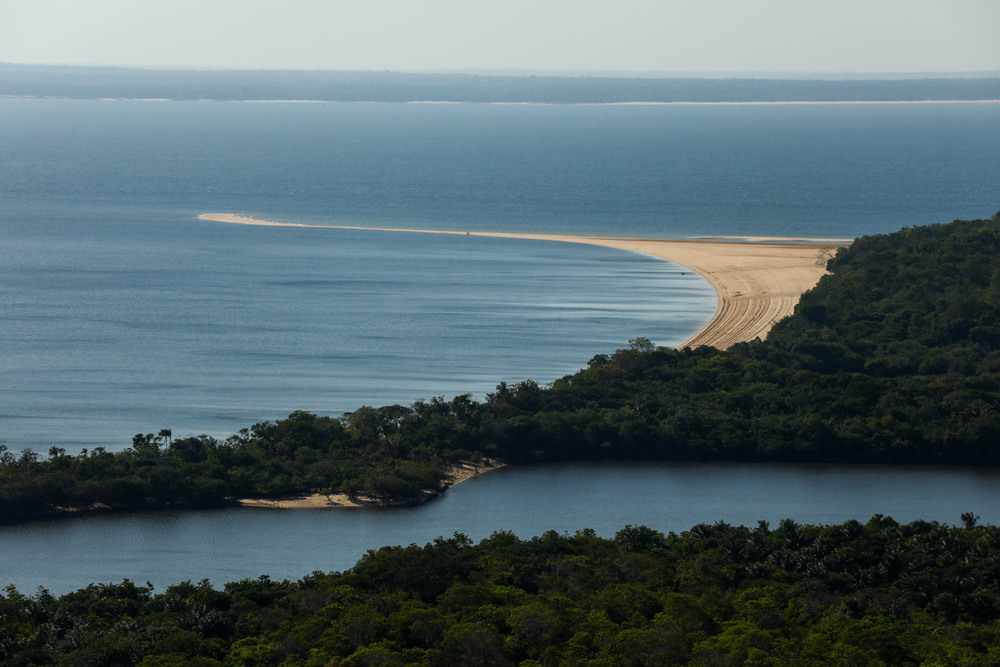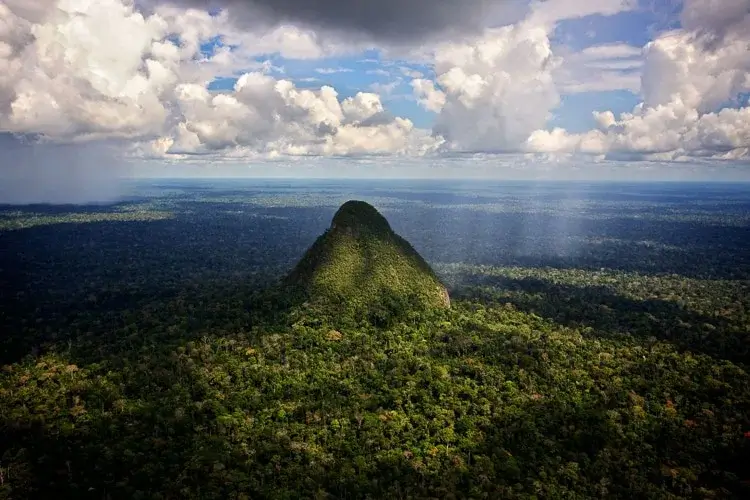Morro da Piraoca, located in the northern region of Brazil, is one of the most impressive natural landmarks of the area. With a rich history and significant value for both locals and visitors, this hill serves as an example of how nature can shape the landscape and culture of a region. Let’s explore its characteristics, history, and importance.
Geographic Location
Morro da Piraoca is located in the northern region of Brazil, in a state of great biodiversity and environmental significance. Its strategic position offers a panoramic view of various surrounding areas, making it a reference point for locals and tourists alike. The region around the hill is known for its lush vegetation and rich ecosystems, making it an attraction for eco-tourists as well as nature researchers.
History and Cultural Significance
The name “Piraoca” originates from indigenous words, reflecting the strong presence and influence of native cultures in the area. The term may have various interpretations depending on the linguistic context but is generally associated with elements of nature, such as animals and plants typical of the region.
Historically, Morro da Piraoca served as an important observation point, acting as a landmark for navigation and early expeditions in the area. Over the years, it has become a symbol of resistance and environmental preservation, standing out as an important site for the local community and the history of the northern people.
Flora and Fauna
The area around Morro da Piraoca is predominantly covered by tropical rainforest, with large trees and a wide range of endemic species. Furthermore, the hill is rich in wildlife, hosting various bird species, mammals, and insects that contribute to the biological diversity of the region. The hill is also a prime spot for birdwatching, attracting many biologists and nature enthusiasts.
Ecological Importance
Morro da Piraoca, like other geographical formations in the northern region, plays a crucial role in maintaining the ecological balance of the area. Besides being a place of great scenic beauty, the hill helps regulate the local climate and contributes to the conservation of biodiversity. Its preservation is essential for maintaining the ecosystems that depend on its unique characteristics.
Tourist Attraction
With its natural beauty and historical value, Morro da Piraoca has become an important tourist destination. Access to the hill is typically made via hiking trails, offering visitors an immersive experience in nature. During the hike, it is possible to observe local wildlife and flora, as well as enjoy the spectacular view from the hilltop.
The region is also known for the hospitality of its inhabitants, who welcome tourists with local culture, traditional cuisine, and an authentic perspective on life in the northern region. Ecotourism is one of the most sustainable ways to explore Morro da Piraoca, allowing visitors to appreciate the site without harming the environment.
Conclusion
Morro da Piraoca is not just a geographically significant landmark but also a symbol of resistance, history, and environmental preservation. Its importance to the northern region goes beyond the landscape, being closely tied to culture and environmental conservation. For nature and history enthusiasts, a visit to Morro da Piraoca is a unique opportunity to learn more about the natural and cultural wealth of Brazil.






